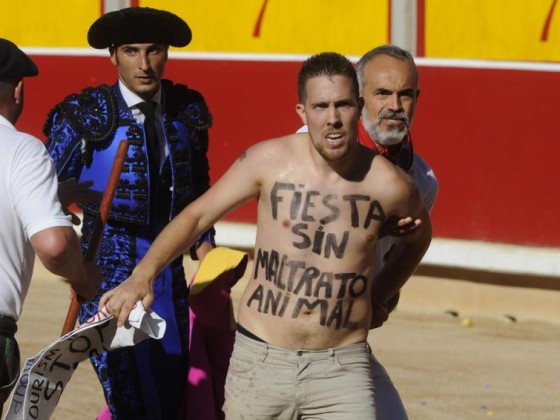Seven people have been killed by bulls in festivals across Spain since July — including four over the past weekend — fueling the debate about whether spectacles involving the animals should be banned once and for all.
Most of the victims — including an 18-year-old man and an octogenarian pensioner — were killed during bull running events that are held every July and August in the streets of towns and villages throughout Spain.
